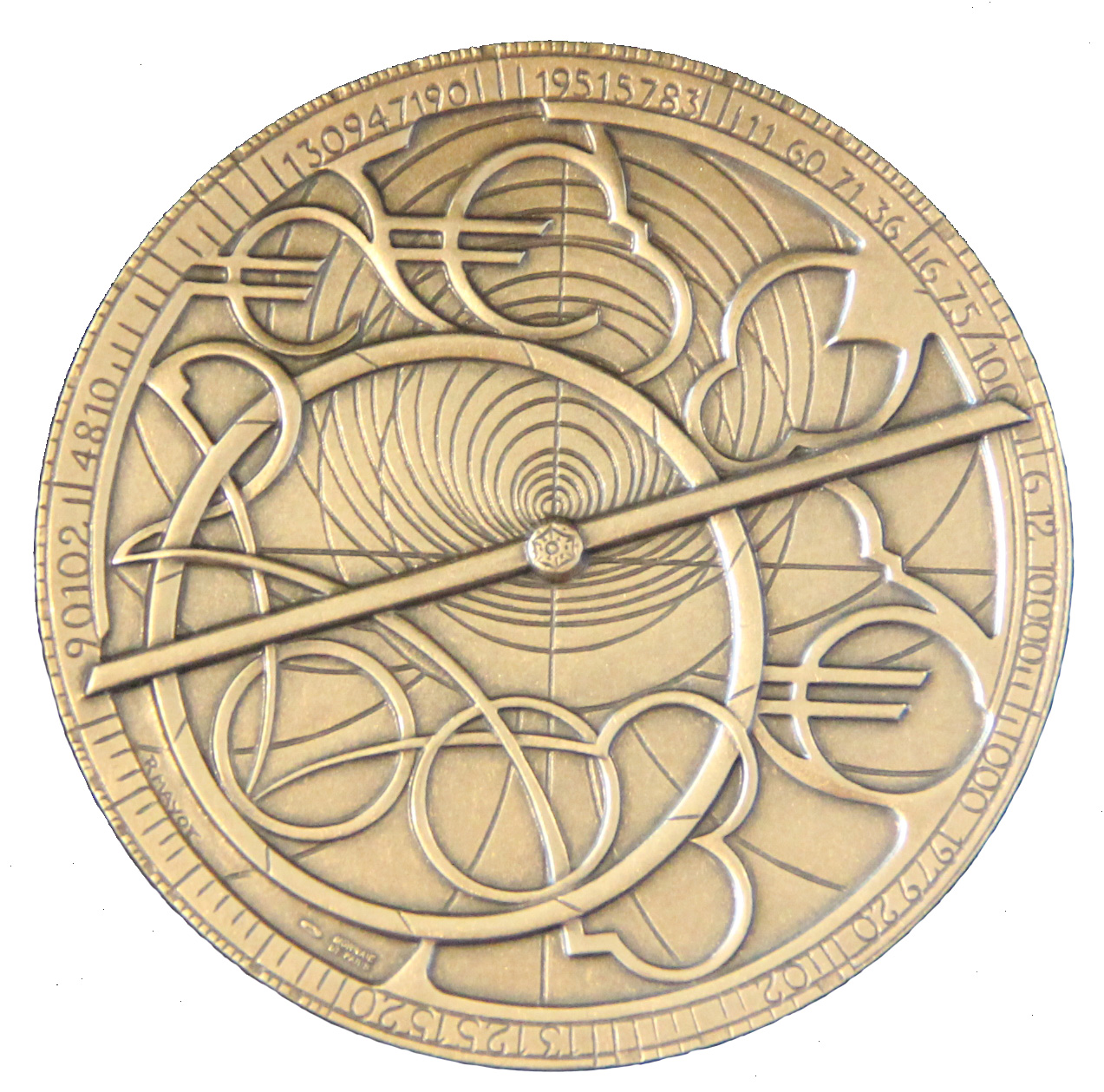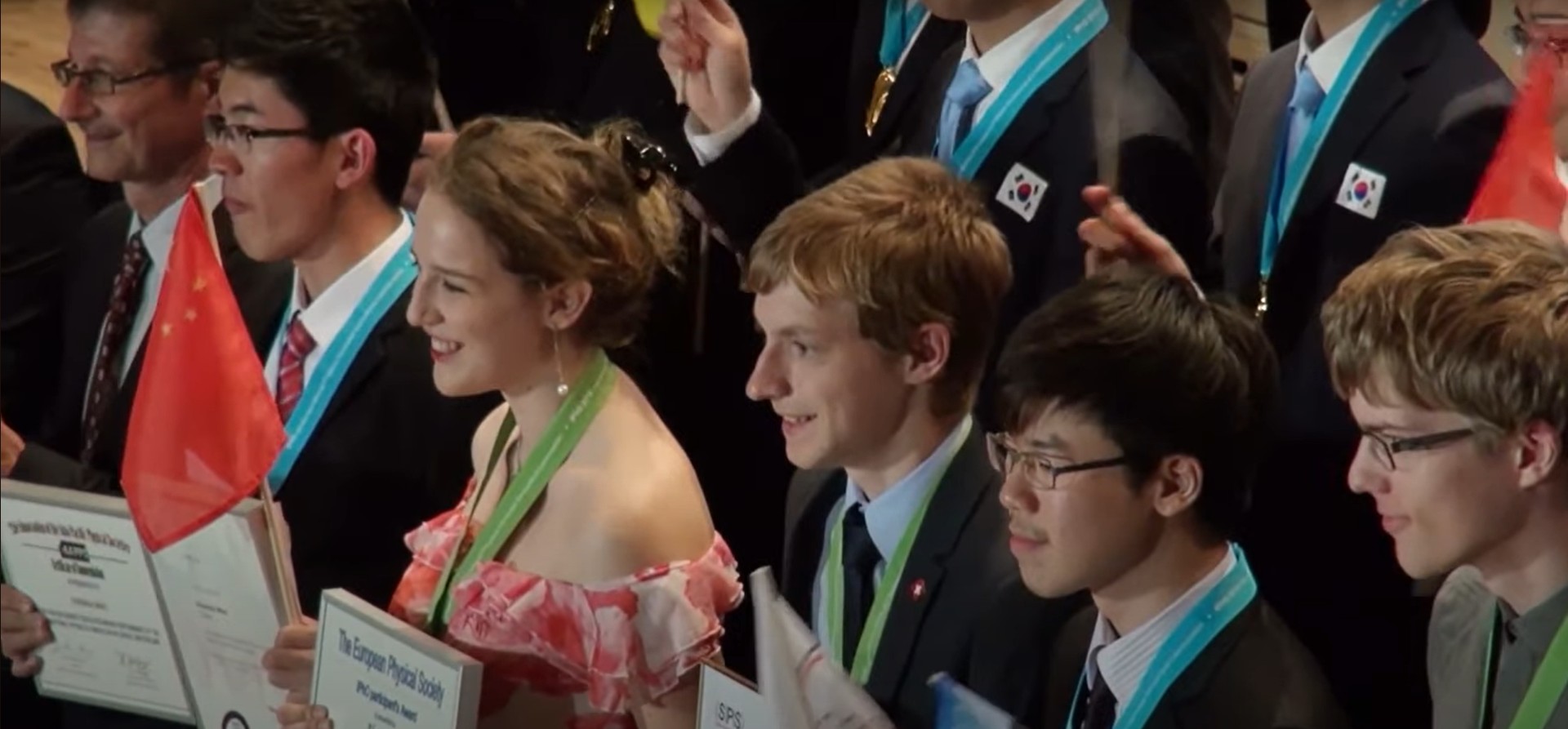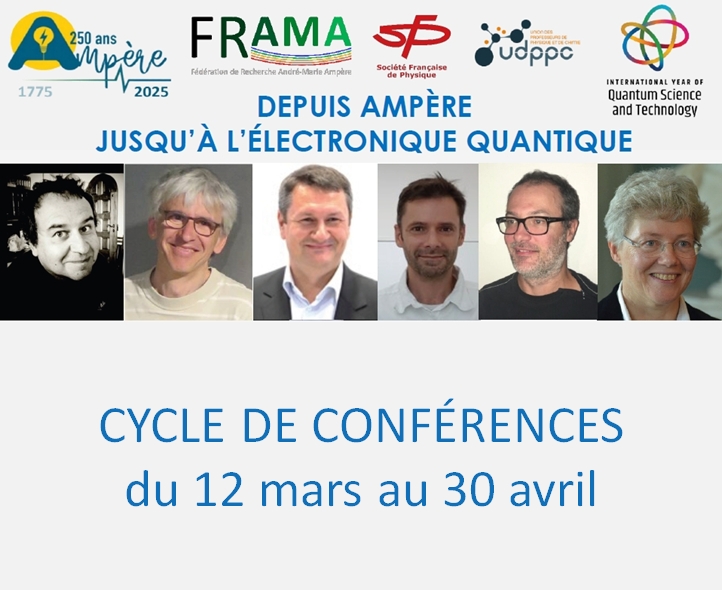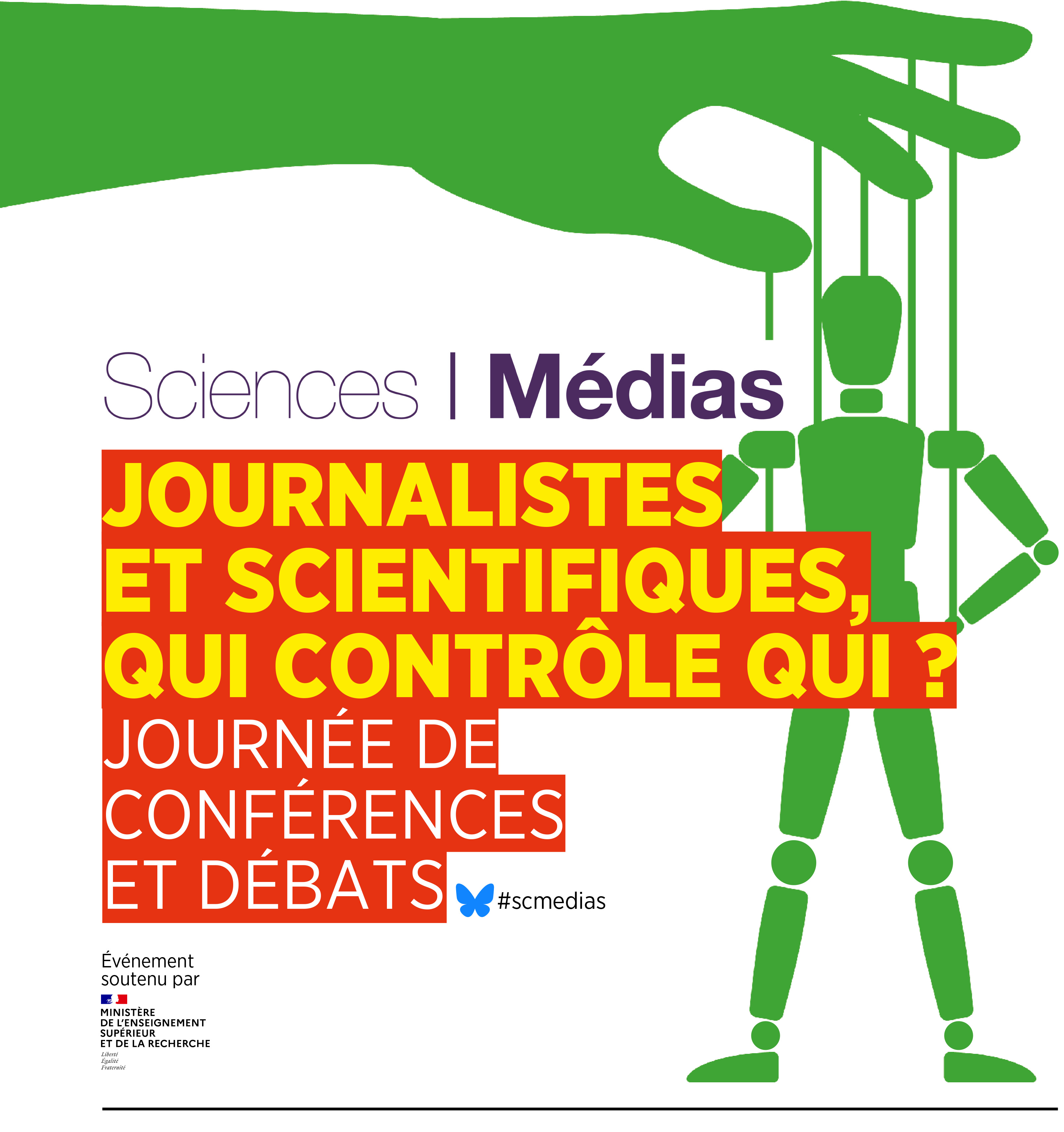The IOP-SFP Holweck Prize 2020 awarded to Charles Adams
 |
Charles Adams has pioneered the experimental study of light-matter interactions using strongly-interacting atomic vapours, making use of both highly-excited atomic states (Rydberg atoms), and optical dipole-dipole interactions. Such systems, based on both hot and cold atoms, are of fundamental interest and have great potential for applications in the emerging field of quantum technologies, for example as single-photon sources, or in electromagnetic sensing. Also, using a relatively simple atomic system, fundamental questions relating to open quantum systems, the quantum-classical boundary, phase transitions and the appearance of mean-field physics have been addressed. ln particular, Adams pioneered the field of Rydberg nonlinear optics, initiating a paradigm shift in quantum optics by enabling strong photon-photon interactions. Highlights include the first experimental demonstration of contactless nonlinear optics mediated by long-range Rydberg interactions, storage and processing of optical photons, and non-equilibrium phase transitions. There are now many research groups worldwide actively pursuing Rydberg quantum optics. |
He has also pioneered the understanding of light-matter interactions in systems with strong dipole-dipole interactions. Highlights include the observation of the collective Lamb shift in a nanoscale atomic layer, the observation of quasi-simultons in a thermal vapour, and the experimental demonstration of the largest refractive index observed in a gas.
Charles Adams has established an outstanding centre for atomic physics at Durham University, widely regarded for the rigour, imagination and responsiveness of its research. He is the founding Director of the Joint Quantum Centre (JQC) Durham-Newcastle.
Charles Adams presents his work :
The Holweck Prize
 |
This award was instituted in 1945, jointly by the French and British Physical Societies as a memorial to Fernand Holweck, Director of the Curie Laboratory of the Radium Institute in Paris, who was tortured and killed by the Gestapo during the occupation of France 1940-44. The award is made in alternate years by the Councils of one of the two societies to a physicist selected from a list of nominees submitted by the other. The prize distinguishes exceptional work in any aspect of physics that is ongoing or has been carried out within the 10 years preceding the award. The SFP and the IOP are proud to announce the 2020 award.
|
List of Holweck laureates
Article posté le 27/11/2020


